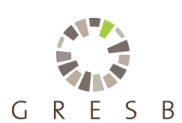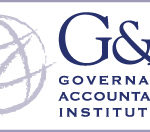The results of the second Corporate Responsibility Index were published today (Sunday, March 14th 2004) in The Sunday Times ‘Companies that Count’ supplement. Participation in the Index is up by 14% on the previous year, with 139 companies now using it as a tool to manage, measure and report their corporate responsibility. The results reveal an increase in the average score up from 68% to 80%.
The results show the majority of participating companies are looking at corporate responsibility issues across their businesses and are building it within their business risk evaluation process, although further engagement of external stakeholders in the risk management process is required.
The Corporate Strategy component of the Index looks at how the nature of a business’s activities influences a company’s values and the development of policies and responsibilities at a senior level in the company and the average score remains high at 91% although how companies organise, manage and integrate responsible business practice throughout the business still lags some way behind at 75%.
David Varney, Chairman of Mmo2 and Business in the Community commented:
By participating in the Index, all these companies have shown leadership in the open and transparent way in which they manage, measure and report. They are at the vanguard of the business community demonstrating by example what it means to be a company that counts.
All the companies who have taken part in Business in the Communitys Corporate Responsibility Index have shown that they are willing to be tested on their practice and to be listed publicly – which I believe is very positive for a number of reasons. Firstly, whatever is communicated externally has to make sense to the business so it forces companies to stop and reflect on how this ties back to business goals and corporate strategy. Secondly, the information needs some level of assurance – which means its been audited and tested to ensure its based on fact and not spin. Thirdly, it creates debate and sometimes anxiety about how the information will be received by external audiences and again this underscores the importance of only communicating reliable information.



